-
 Bitcoin
Bitcoin $113800
2.35% -
 Ethereum
Ethereum $4332
1.12% -
 XRP
XRP $2.979
0.84% -
 Tether USDt
Tether USDt $1.000
0.01% -
 BNB
BNB $891.2
1.87% -
 Solana
Solana $222.0
3.09% -
 USDC
USDC $0.9998
-0.02% -
 Dogecoin
Dogecoin $0.2413
0.31% -
 TRON
TRON $0.3386
1.26% -
 Cardano
Cardano $0.8791
2.20% -
 Hyperliquid
Hyperliquid $54.65
2.86% -
 Chainlink
Chainlink $23.38
1.64% -
 Ethena USDe
Ethena USDe $1.001
0.00% -
 Sui
Sui $3.576
3.44% -
 Avalanche
Avalanche $28.64
10.90% -
 Stellar
Stellar $0.3805
2.28% -
 Bitcoin Cash
Bitcoin Cash $581.3
0.24% -
 Hedera
Hedera $0.2316
1.99% -
 UNUS SED LEO
UNUS SED LEO $9.558
0.08% -
 Litecoin
Litecoin $115.5
3.18% -
 Cronos
Cronos $0.2579
-0.86% -
 Toncoin
Toncoin $3.132
1.44% -
 Shiba Inu
Shiba Inu $0.00001294
1.09% -
 Polkadot
Polkadot $4.180
2.16% -
 Uniswap
Uniswap $9.639
2.15% -
 Ethena
Ethena $0.7804
-4.26% -
 Dai
Dai $0.9999
0.01% -
 Monero
Monero $267.6
-0.14% -
 World Liberty Financial
World Liberty Financial $0.1990
0.46% -
 Mantle
Mantle $1.472
11.83%
Should I sell immediately when the RSI enters the overbought zone?
An overbought RSI doesn't guarantee a price reversal—especially in crypto bull markets—so always confirm with volume, trend, and other indicators before trading.
Sep 10, 2025 at 09:01 pm
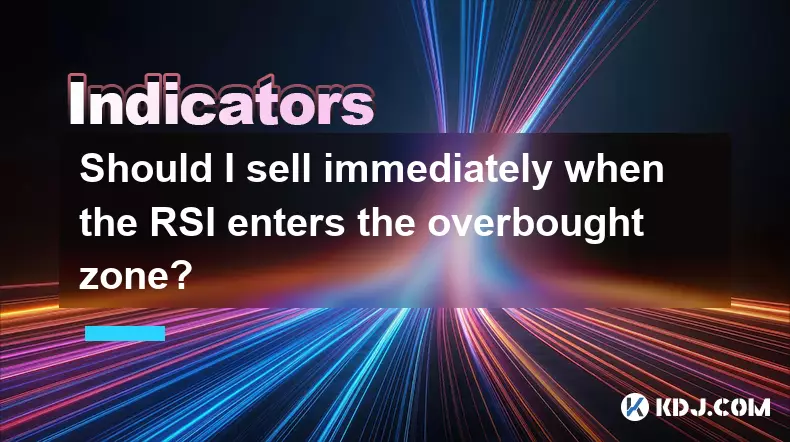
Understanding the RSI and Overbought Signals
1. The Relative Strength Index (RSI) is a momentum oscillator widely used in cryptocurrency trading to measure the speed and change of price movements. It operates on a scale from 0 to 100, with readings above 70 typically indicating overbought conditions. Traders often interpret this as a signal that an asset may be overvalued and due for a pullback.
2. In the volatile world of cryptocurrencies, assets can remain in overbought territory for extended periods during strong uptrends. This is especially true during bull runs when investor sentiment is overwhelmingly positive. An overbought RSI does not automatically mean a price reversal is imminent. Market psychology and macroeconomic factors can keep prices rising despite technical indicators suggesting caution.
3. Relying solely on RSI to make sell decisions can lead to premature exits, especially in fast-moving markets. Many traders have missed significant gains by selling too early based on RSI readings alone. Confirmation from other indicators such as volume, moving averages, or trendlines is essential before acting.
4. It’s also important to consider the timeframe. On shorter timeframes like 15-minute or 1-hour charts, RSI can flash overbought signals frequently, often leading to false alarms. On daily or weekly charts, overbought readings carry more weight but still require contextual analysis.
5. Divergence between price and RSI can offer stronger signals than overbought levels alone. For example, if the price reaches a new high but RSI fails to surpass its previous peak, this bearish divergence may suggest weakening momentum and a higher probability of reversal.
Risks of Selling Based on RSI Alone
1. Cryptocurrency markets are highly speculative and driven by news, social sentiment, and institutional activity. Technical indicators like RSI do not account for sudden market-moving events such as exchange listings, regulatory announcements, or whale movements. Selling based purely on RSI could cause a trader to exit before a major price surge triggered by external catalysts.
2. During parabolic rallies, RSI can stay above 70 for days or even weeks. Bitcoin and altcoins have demonstrated this behavior repeatedly. Traders who sold at the first sign of overbought conditions often regretted their decisions when prices continued climbing.
3. Overbought does not mean “overpriced” in the traditional sense. In crypto, valuations are not tied to fundamentals in the same way as equities. Momentum can sustain price increases far beyond what technical models predict, rendering traditional overbought thresholds less reliable.
4. High-frequency trading bots and algorithmic strategies can exploit RSI-based selling patterns. If many traders use the same rule—sell when RSI > 70—bots can front-run these orders, creating artificial dips followed by rapid recoveries, trapping retail sellers.
5. Emotional trading is amplified when relying on single indicators. Seeing an overbought RSI can trigger fear of losing profits, leading to impulsive decisions. Discipline and a structured trading plan are more effective than reacting to isolated signals.
Strategies for Smarter RSI Use
1. Combine RSI with trend analysis. In an established uptrend, overbought readings may be ignored or used as opportunities to add positions on pullbacks. Conversely, in downtrends, oversold conditions can signal continuation rather than reversal.
2. Use RSI in conjunction with support and resistance levels. If price is approaching a known resistance zone and RSI is overbought, the confluence increases the likelihood of a reversal. The same applies to support zones with oversold RSI.
3. Adjust RSI thresholds based on market conditions. Some traders use 80 as the overbought level in strong bull markets and 20 as oversold in bear markets to reduce noise. This dynamic adjustment helps filter out false signals.
4. Monitor RSI on multiple timeframes. A 4-hour chart showing overbought conditions may not carry the same weight if the daily chart is still trending upward with room to run. Multi-timeframe analysis provides a broader perspective.
5. Incorporate volume analysis. A spike in trading volume during an overbought RSI reading can indicate strong conviction behind the move, reducing the likelihood of an immediate reversal. Low volume, on the other hand, may suggest exhaustion.
Frequently Asked Questions
What is a healthy RSI range for buying in a downtrend?An RSI below 30 is often considered oversold and may present a buying opportunity, especially if accompanied by bullish candlestick patterns or volume spikes. However, in strong downtrends, oversold conditions can persist, so waiting for confirmation is crucial.
Can RSI be used effectively in sideways markets?Yes, RSI performs well in ranging markets where prices oscillate between support and resistance. Traders can buy near oversold levels (RSI ~30) and sell near overbought levels (RSI ~70), aligning with the range-bound price action.
How does RSI differ from MACD in crypto trading?RSI measures the speed of price changes and identifies overbought or oversold conditions, while MACD focuses on trend direction, momentum, and potential crossovers. MACD is better suited for trend-following strategies, whereas RSI excels in mean-reversion setups.
Is RSI more reliable on Bitcoin or altcoins?RSI tends to be more reliable on Bitcoin due to its higher liquidity and lower susceptibility to manipulation. Altcoins, especially low-cap ones, can experience sharp, irrational moves that distort RSI readings, making them less dependable as standalone signals.
Disclaimer:info@kdj.com
The information provided is not trading advice. kdj.com does not assume any responsibility for any investments made based on the information provided in this article. Cryptocurrencies are highly volatile and it is highly recommended that you invest with caution after thorough research!
If you believe that the content used on this website infringes your copyright, please contact us immediately (info@kdj.com) and we will delete it promptly.
- Algorand (ALGO) Breakout Watch: Price Prediction and Key Levels
- 2025-09-11 04:25:14
- Bitcoin Verifier on Mobile: StarkWare's ZK Proof Revolutionizes Access
- 2025-09-11 04:25:14
- Bitcoin, Web3, and Investment: A New York State of Mind
- 2025-09-11 02:25:13
- Bitcoin, Solana, RTX Tokens: What's Hot in the Crypto NYC Scene?
- 2025-09-11 03:05:14
- Solana, Little Pepe, and the Crypto Coin Craze: What's Hot in '25?
- 2025-09-11 02:45:13
- Cracking the Code: How Gift Amount Fuels Employee Loyalty at Code and Core
- 2025-09-11 02:25:13
Related knowledge

What is the success rate of a TRIX golden cross?
Sep 11,2025 at 02:18am
Understanding the TRIX Indicator in Cryptocurrency Trading1. The TRIX (Triple Exponential Average) indicator is a momentum oscillator designed to filt...
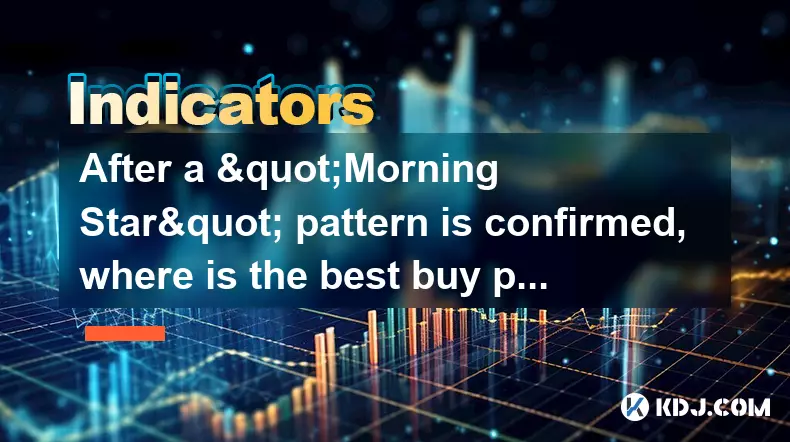
After a "Morning Star" pattern is confirmed, where is the best buy point?
Sep 10,2025 at 06:00pm
Understanding the Morning Star Pattern1. The Morning Star is a bullish reversal candlestick pattern that typically forms at the end of a downtrend. It...
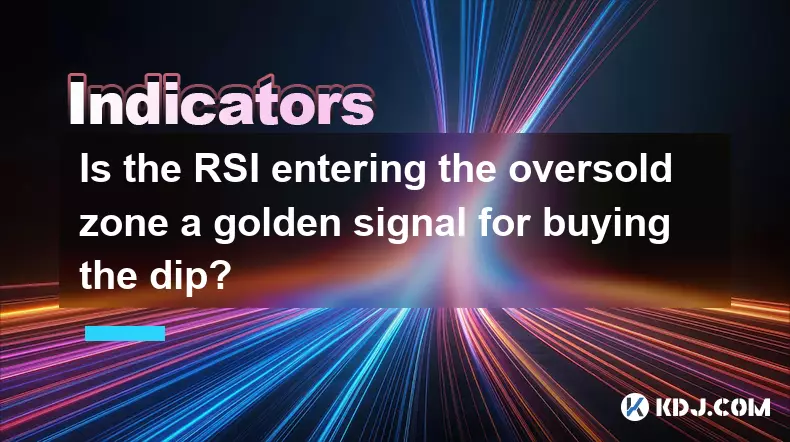
Is the RSI entering the oversold zone a golden signal for buying the dip?
Sep 09,2025 at 02:55pm
Understanding the RSI and Its Role in Crypto Trading1. The Relative Strength Index (RSI) is a momentum oscillator widely used in the cryptocurrency ma...
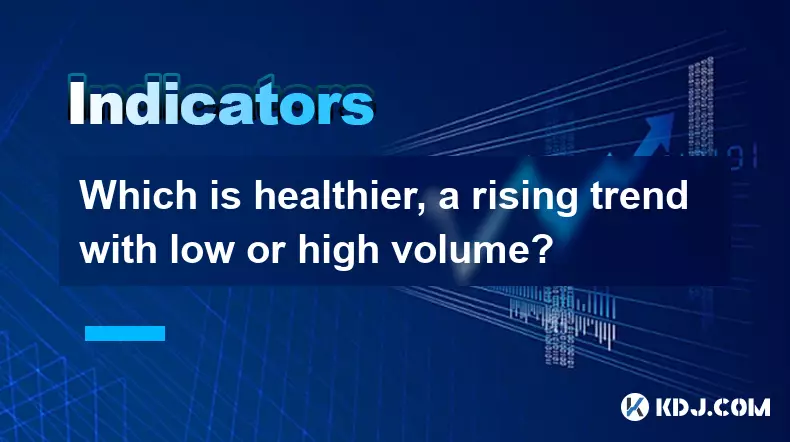
Which is healthier, a rising trend with low or high volume?
Sep 09,2025 at 04:00pm
Understanding Volume in Market Trends1. Volume serves as a critical indicator when analyzing the strength of a rising trend in cryptocurrency markets....

How can I accurately identify RSI divergences?
Sep 10,2025 at 09:54pm
Understanding RSI Divergence Basics1. Relative Strength Index (RSI) is a momentum oscillator that measures the speed and change of price movements on ...
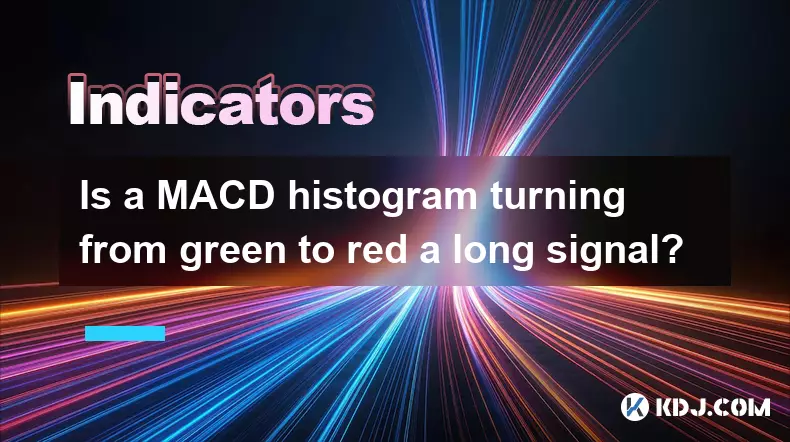
Is a MACD histogram turning from green to red a long signal?
Sep 09,2025 at 01:54pm
Understanding the MACD Histogram in Crypto Trading1. The MACD (Moving Average Convergence Divergence) histogram is a visual representation of the diff...

What is the success rate of a TRIX golden cross?
Sep 11,2025 at 02:18am
Understanding the TRIX Indicator in Cryptocurrency Trading1. The TRIX (Triple Exponential Average) indicator is a momentum oscillator designed to filt...

After a "Morning Star" pattern is confirmed, where is the best buy point?
Sep 10,2025 at 06:00pm
Understanding the Morning Star Pattern1. The Morning Star is a bullish reversal candlestick pattern that typically forms at the end of a downtrend. It...

Is the RSI entering the oversold zone a golden signal for buying the dip?
Sep 09,2025 at 02:55pm
Understanding the RSI and Its Role in Crypto Trading1. The Relative Strength Index (RSI) is a momentum oscillator widely used in the cryptocurrency ma...

Which is healthier, a rising trend with low or high volume?
Sep 09,2025 at 04:00pm
Understanding Volume in Market Trends1. Volume serves as a critical indicator when analyzing the strength of a rising trend in cryptocurrency markets....

How can I accurately identify RSI divergences?
Sep 10,2025 at 09:54pm
Understanding RSI Divergence Basics1. Relative Strength Index (RSI) is a momentum oscillator that measures the speed and change of price movements on ...

Is a MACD histogram turning from green to red a long signal?
Sep 09,2025 at 01:54pm
Understanding the MACD Histogram in Crypto Trading1. The MACD (Moving Average Convergence Divergence) histogram is a visual representation of the diff...
See all articles

























![[XRP/XLM] The [XRP/XLM] The](/uploads/2025/09/10/cryptocurrencies-news/videos/xrpxlm-coin-depicted-simpsons-finally-moving/68c176916bcd0_image_500_375.webp)






























































